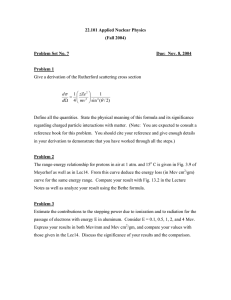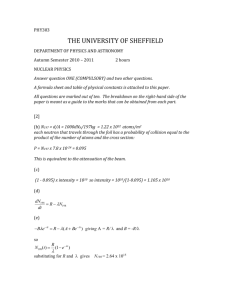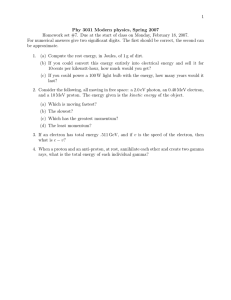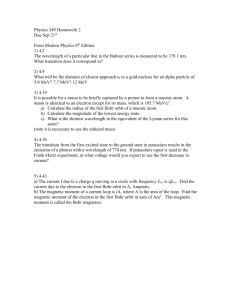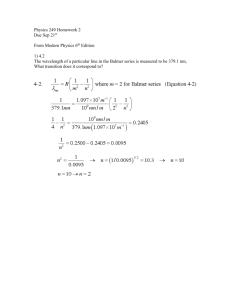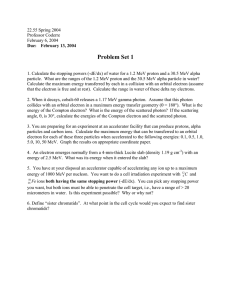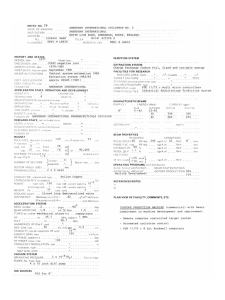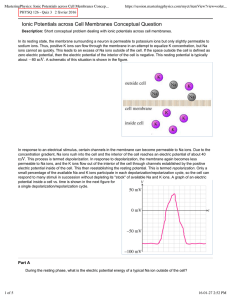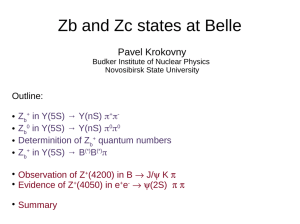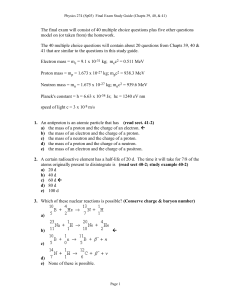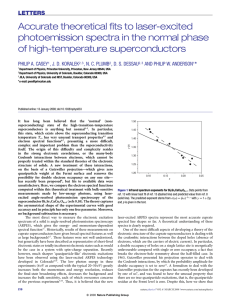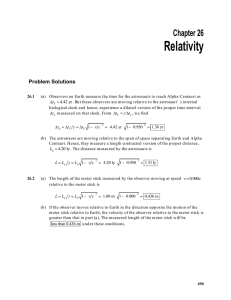h = 6.62606957×10 J.s, c = 2.99792458×10 m/s hc = 1240 eV.nm
advertisement
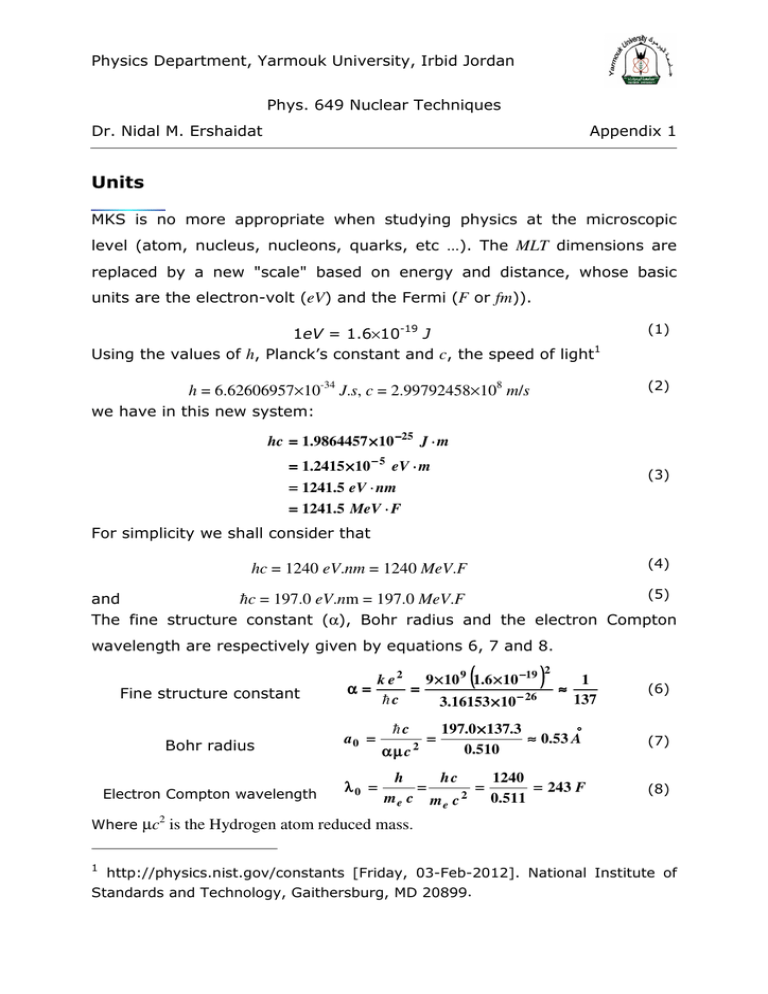
Physics Department, Yarmouk University, Irbid Jordan Phys. 649 Nuclear Techniques Dr. Nidal M. Ershaidat Appendix 1 Units MKS is no more appropriate when studying physics at the microscopic level (atom, nucleus, nucleons, quarks, etc …). The MLT dimensions are replaced by a new "scale" based on energy and distance, whose basic units are the electron-volt (eV) and the Fermi (F or fm)). 1eV = 1.6×10-19 J Using the values of h, Planck’s constant and c, the speed of light1 (1) (2) h = 6.62606957×10-34 J.s, c = 2.99792458×108 m/s we have in this new system: hc = 1.9864457 × 10 −25 J ⋅ m = 1.2415 × 10 − 5 eV ⋅ m = 1241.5 eV ⋅ nm = 1241.5 MeV ⋅ F (3) For simplicity we shall consider that and hc = 1240 eV.nm = 1240 MeV.F (4) hc = 197.0 eV.nm = 197.0 MeV.F (5) The fine structure constant (α), Bohr radius and the electron Compton wavelength are respectively given by equations 6, 7 and 8. Fine structure constant Bohr radius Electron Compton wavelength ( k e2 9 × 10 9 1.6 × 10 −19 α= = hc 3.16153 × 10 − 26 a0 = λ0 = ) 2 ≈ 1 137 (6) 197.0 × 137.3 ° ≈ 0.53 A 0.510 (7) h hc 1240 = = 243 F = me c me c 2 0.511 (8) hc αµc 2 = 2 Where µc is the Hydrogen atom reduced mass. 1 http://physics.nist.gov/constants [Friday, 03-Feb-2012]. National Institute of Standards and Technology, Gaithersburg, MD 20899. Table 1 gives the values of the rest mass of the electron, proton, neutron and 2 alpha particle in MeV/c units. me = 0.511 MeV/c2 9-a mp = 938.3 MeV/c2 9-b mn = 939.573 MeV/c2 9-c mα = 3727.4 MeV/c2 = 3.7274 GeV/c2 9-d Table 1: Rest mass for some particles
